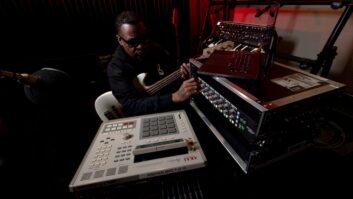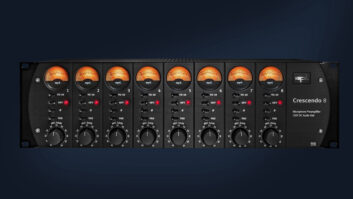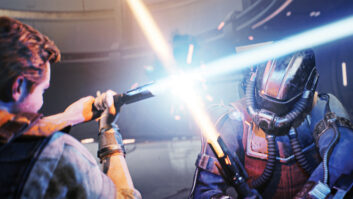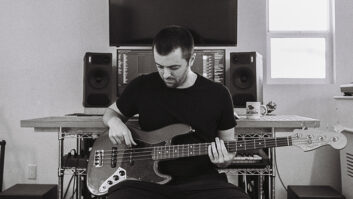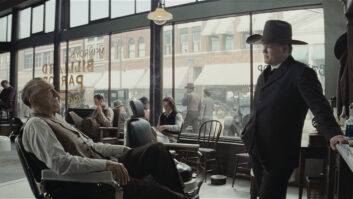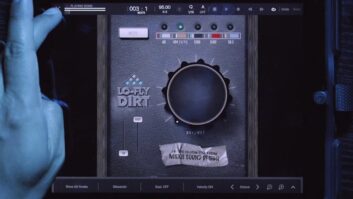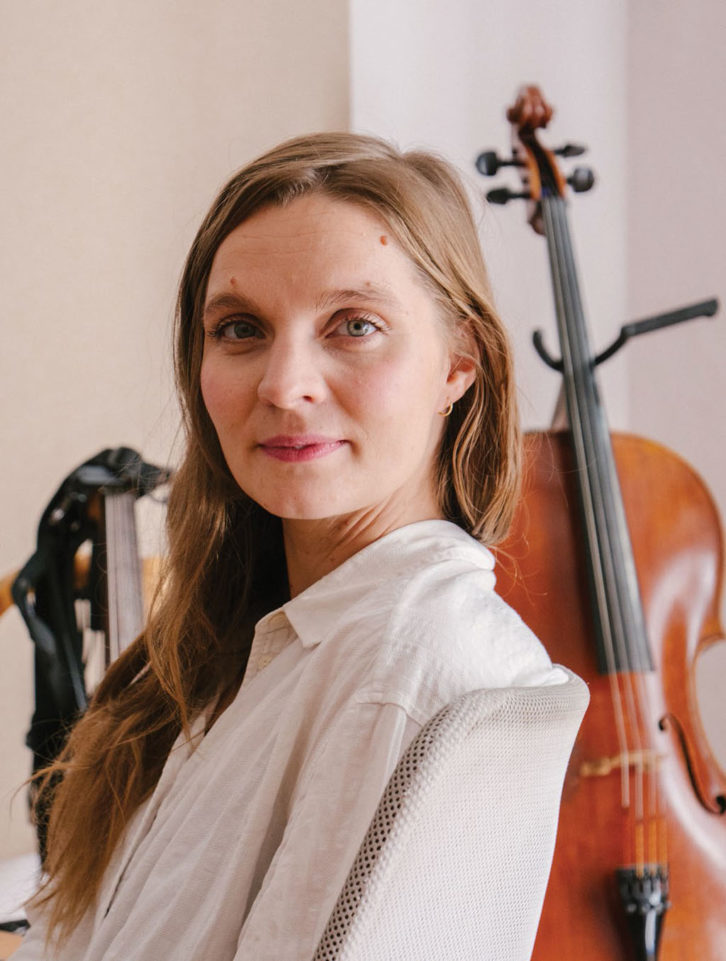
Photo: Timothée Lambrecq
For a good number of weeks this past fall, one of the most common questions people asked each other was: “Have you seen Joker yet?” The reactions to the comic book villain origin story have been extreme. Either, “It’s the greatest film of the year,” or, “It’s slow and boring.” No matter which camp you fall into, the consensus is that the music is tremendous.
Classically trained Icelandic cellist Hildur Guònadóttir is the composer of the score, which in itself plays like a character in the film—the most volatile, dramatic, ominous and intense character. After hearing her work on Sicario: Day of the Soldado, experiencing her four solo albums, and on the encouragement of Joker’s music editor, Jason Ruder, Todd Phillips, the film’s producer/director/co-writer, sent Guònadóttir the script and asked her to compose in reaction to what she read.
In a Q&A following a screening of Joker for the Society of Composers and Lyricists, Phillips said, “When a film is a character study about one person, every other element becomes a character in the film: the production design, the wardrobe, the way we shot the film. To me, the music is one of the biggest characters in the film.”
“[Phillips] left it open for me, he was curious to hear what I felt,” says Guònadóttir, who had mostly completed the main themes prior to the start of filming. “The script resonated with me so strongly. I really felt for the character. I have such a connection to the cello, it was a natural way for me to able to dive deep. When I found his notes and his sounds, it was like being punched in the chest. The cello was my way into his head.”
During filming, Guònadóttir’s cues—which exactly matched the music Phillips felt would be in the character’s head—were played through his headphones, through the camera operator’s headphones, and at times Phillips would even have it playing over speakers during scenes. This affected, and infected, the set and got into the mindset of everyone involved. According to Phillips, “It was liberating to have the music beforehand.”
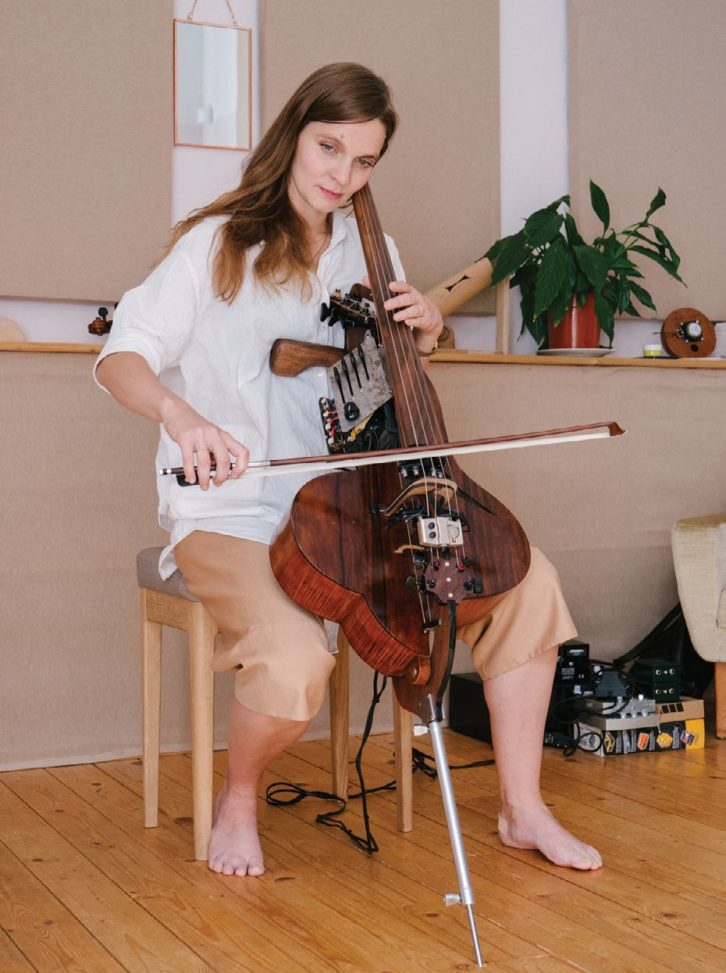
Photos: Timothée Lambrecq
In some cases, the music altered what was originally in the script, such as in the bathroom scene where the Joker’s transformation happens through dance. This is a direct reaction to Guònadóttir’s music by Joaquin Phoenix, who plays the titular role. “It was really magnificent to see it,” she says. “That was how I experienced what the inside of his head was doing exactly in those movements.”
As filming progressed, most of Guònadóttir’s versions remained almost identical to the original. Some versions were expanded rhythmically in response to what she was seeing in the dailies, but her initial ideas formed the basis of the parts she was writing during filming.
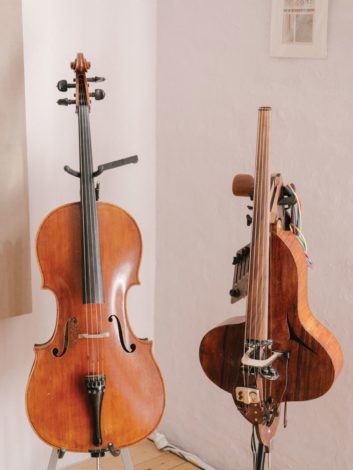
Guònadóttir composes and records her quiet solo cello parts in her studio in her current home city of Berlin, Germany. She has a space in a converted factory where she houses her extensive collection of string instruments. These include eight cellos, harps and Chinese violins, as well as instruments she builds herself.
Her DAW of choice is Steinberg Cubase as she adds samples, either of her playing or from Spitfire Symphony Orchestra, to her compositions. She also has a few preamps, most significantly a Neve 1176, and a few microphones, out of which the Neumann U87 is her preferred choice. For recording the majority of the cello parts, Guònadóttir went to Nils Frahm’s studio to take advantage of his larger space as she was running her cello sound through multiple amplifiers.
Guònadóttir put Frahm’s amplifiers through their paces when playing the halldorophone, an electric cello with four strings on top and an equal number of sympathetic strings on the bottom, each with a pickup. The instrument has a speaker on the back that creates feedback—“a Jimi Hendrix cello” is what she calls it—using it for the weirder electronic sounds heard in the score.
“For me to be able to connect to music, I have to be able to touch it, to feel it, to do the manipulation myself,” she says. “When you play the cello, there are so many nuances and parameters. You have the bow and your fingering. You could be doing a massive amount of stuff with the bow and the notes remain the same. Or with the intonation—you can play a note, and depending on how you have your fingers, it’s going to have a big effect on the tone. There’s so much you can do with so little.
“The intonation for Joker, for example, he’s a simple character at heart,” she continues. “You can almost feel his thoughts. His eyes are wide open and he’s thinking, ‘Why don’t I fit in?’ I wanted the themes and the way of playing for him to be very direct and straightforward. I didn’t want any vibrato or anything flourish-y because it didn’t fit in the tone until the very end.”
This is also what Guònadóttir expressed to the orchestra playing the score, who had her cello parts as a reference when she produced and recorded the cues in New York City. She either employed close miking or contact microphones and pickups to capture the nuanced details that are such a big part of the score. This is not to say that the score is quiet, if anything, it is amplified, playing particularly loudly when there is no dialog and it is just action.
The cello and orchestra switch positions over the course of the film. There are no harmonies until the final scenes. The melodies are one moving line that represents Joker’s train of thought. The orchestra is the sound of his inner turbulence, and while it is in the entire score throughout, it is inaudible at the start. As he moves into his Joker state, the orchestra becomes stronger, almost “eating the cello,” as Guònadóttir says. “We still have these monotonic lines, but the intention is different.”
For all its centrality to the sound of Joker, this score marks the first time in recent years that Guònadóttir has featured her primary instrument. On her work for Chernobyl, which she recorded at the same time as Joker, Guònadóttir’s sound sources were only those she captured at a nuclear power plant. She won an Emmy for that score, and managed to keep her headspace as separate as possible when working on the two films.
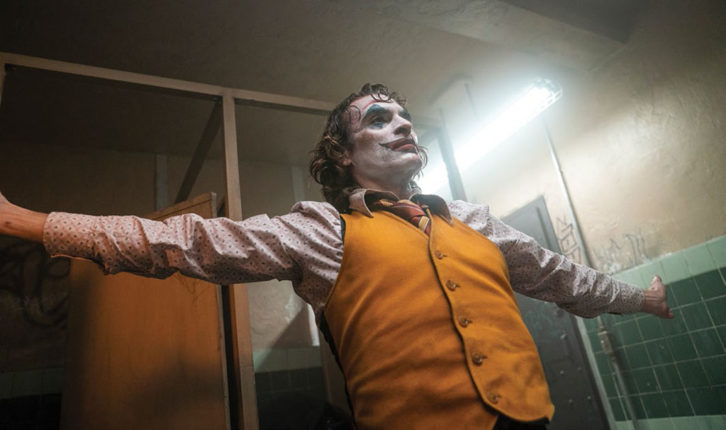
Photo: Niko Tavernise. ©2019 Warner Bros. Entertainment Inc. All Rights Reserved.
“Jumping between a nuclear disaster and psychological turbulence was sometimes challenging,” she says. “It took longer to find the right tone for Chernobyl. I wanted the music to play the role of the radiation, and then there was the question of ‘How do you turn a nuclear power plant into an instrument?’
“It was tricky to find the right way of going into the story that honored the people that were there, the survivors and those influenced by it, without overdramatizing it,” she concludes. “But, with Joker, there was more creative space, and the process worked a lot faster.”

